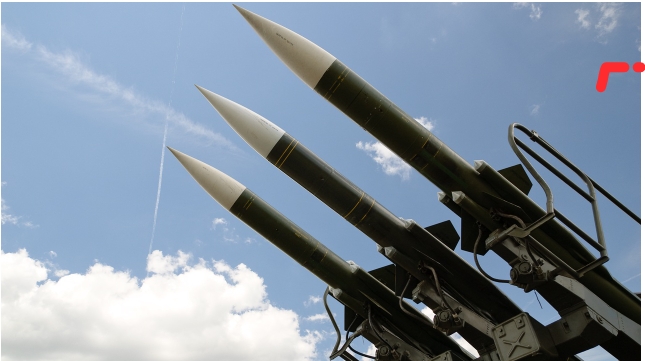
In a recent address to Congress, President Donald Trump unveiled plans for a comprehensive missile defense system, termed the “Golden Dome,” aimed at shielding the United States from a spectrum of aerial threats, including ballistic and hypersonic missiles.
Drawing inspiration from Israel’s Iron Dome and former President Ronald Reagan’s Strategic Defense Initiative, the Golden Dome aspires to establish a nationwide protective shield. However, experts express skepticism regarding its feasibility. Israel’s Iron Dome is tailored for short-range threats over limited areas, whereas the U.S. would require a system capable of countering long-range missiles across vast territories. Implementing such a system could necessitate deploying thousands of interceptor batteries, with cost estimates reaching trillions of dollars.
The proposed defense strategy includes the development of space-based interceptors, marking a significant shift in U.S. military policy. This move has drawn criticism from international actors, notably Russia, which perceives it as a potential catalyst for an arms race in space and a disruption of global strategic stability.
Despite these challenges, legislative efforts are underway to support the initiative. Senators Dan Sullivan Dan Sulliva and Kevin Cramer have introduced the Increasing Response Options and Deterrence of Missile Engagements (IRON DOME) Act, proposing a $19.5 billion investment to enhance missile defense capabilities. This includes expanding interceptor fields in Alaska and developing next-generation interceptors.
As the administration advances this ambitious project, debates continue over its technical viability, economic implications, and potential impact on international security dynamics.







